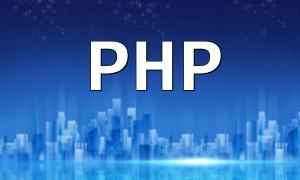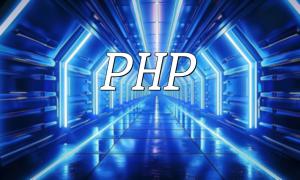In today's web application development, combining Docker with PHP offers an ideal solution for creating efficient and stable music players. This article will guide you step-by-step to build a fully functional PHP music player using Docker, with example code to help you implement it quickly.
Docker is an open-source platform that enables automated deployment of applications. Through containerization, Docker ensures that applications run consistently across different environments. Using Docker simplifies the management and maintenance of PHP applications, especially for complex projects like music players.
PHP is a mature server-side scripting language widely used for dynamic web development. PHP excels in file handling and database interaction, making music file management and backend logic implementation more efficient and convenient.
Before building, it's important to understand the basic components of a music player. Typically, a complete player includes:
User Interface (Frontend)
Backend Logic (PHP)
Database Management (e.g., MySQL)
Audio File Storage
We will use Docker to set up the running environment for the PHP music player. First, ensure Docker and Docker Compose are installed. Then, create a docker-compose.yml file inside a new project folder with the following configuration:
version: '3.8'
services:
web:
image: php:7.4-apache
volumes:
- ./src:/var/www/html
ports:
- "8080:80"
db:
image: mysql:5.7
environment:
MYSQL_ROOT_PASSWORD: root_password
MYSQL_DATABASE: music_db
volumes:
- db_data:/var/lib/mysql
volumes:
db_data:Place the PHP files implementing player functionality inside the src folder. The following example shows how to scan and list music files in a specified directory:
<?php
$dir = "path/to/music/files";
$files = scandir($dir);
foreach ($files as $file) {
if (in_array(pathinfo($file, PATHINFO_EXTENSION), ['mp3', 'wav'])) {
echo "<audio controls><source src='$dir/$file' type='audio/" . pathinfo($file, PATHINFO_EXTENSION) . "'>Your browser does not support the audio tag.</audio><br>";
}
}
?>Navigate to the project directory in the terminal and run the following command to start the Docker containers:
docker-compose up -d
After the containers are running, visit http://localhost:8080 in your browser to access the music player. Make sure to place audio files in the designated music directory so the player functions properly.
With Docker and PHP, developers can quickly build a fully functional music player. This approach improves development and deployment efficiency while greatly simplifying application management. Follow the steps in this article to easily implement your own music playback project and enjoy a smooth and convenient music experience.









